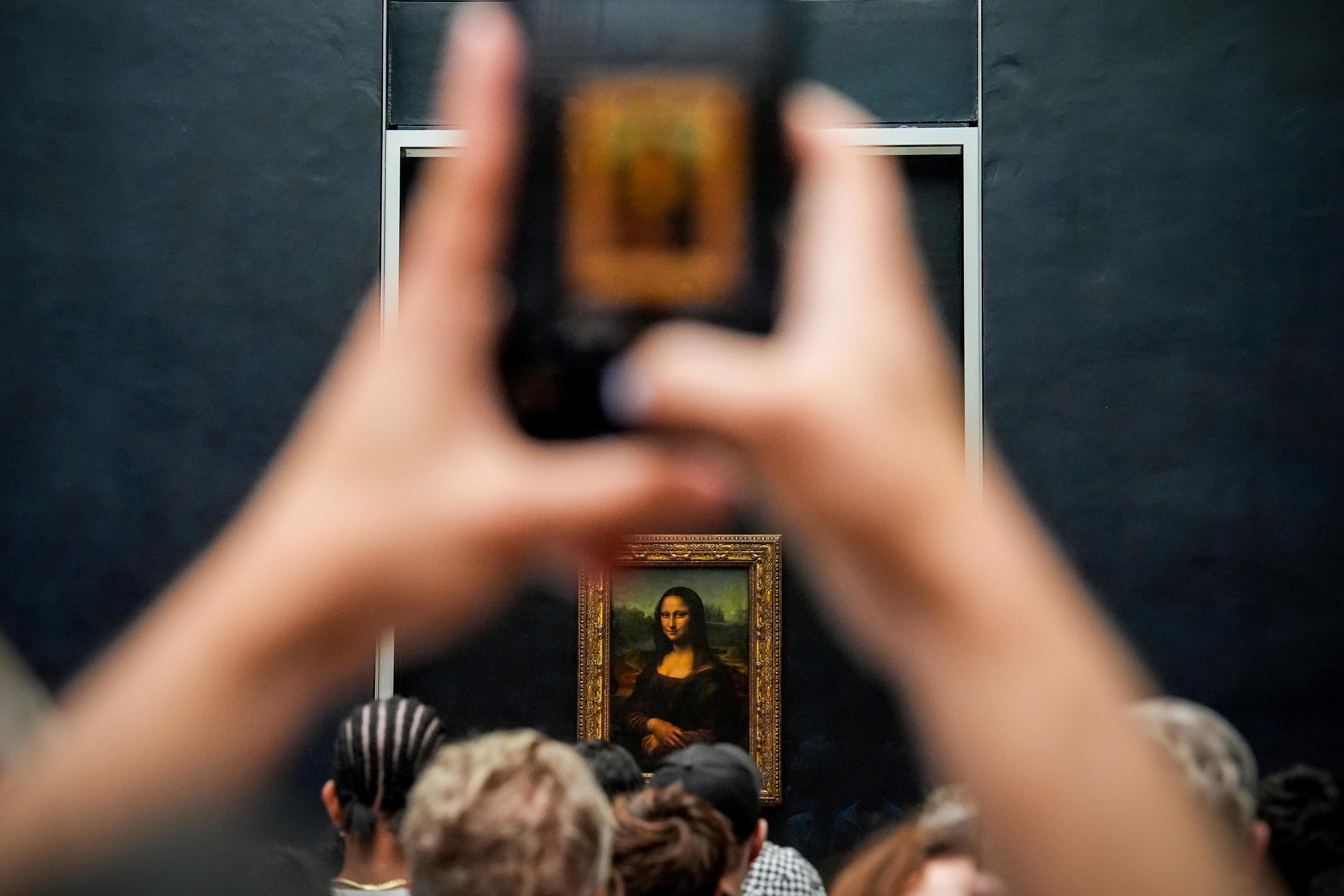Today, all French people woke up thinking about Arsene Lupin, the character created by Maurice Leblanc who frequently appears on screen, but as the day goes by, they remember more of El Dioni, with his wig and armored van. The thieves who raided the Napoleon room at the Louvre in search of jewels discarded the tailcoat, top hat, and carriage in the corner and opted for the moped, chainsaw, and scaffold. If something has been lost in these uncertain times, it is class.
In the last five years, museums around the world have suffered many attacks of different scales and conditions. In 2019, the Green Vault in Dresden, Germany, was raided by thieves who cut off the electricity, forced the display cases, and left before the police arrived. The 21 18th-century jewels stolen with over 4,000 diamonds make it the most significant theft of the century in terms of economic value.
While waiting to identify the perpetrators of this crime, the truth is that 2025 is proving to be a mournful year for museums. At the Drents Museum in the Netherlands, gold items from the Dacian civilization valued at six million euros were stolen, while in the French city of Limoges, thieves took pieces of centuries-old Chinese porcelain worth around 10 million euros.
The Louvre Museum is the most coveted stage for white-collar (or not so white) thieves. Undoubtedly, the most famous theft in history is from 1911 when The Mona Lisa was stolen by Vincenzo Perruggia, a former employee who hid it inside the museum and casually walked out with the painting hidden under his coat. So nonchalant. Leonardo's work was recovered years later in Florence, and its rescue was hailed as an extraordinary police operation.
In 1983, the same Parisian museum suffered another blow when it lost two Renaissance armors that had been looted by Napoleon's armies, famous for their plundering (Spain is evidence of this, as the loss of artistic heritage during the War of Independence was brutal).
Continuing with the long arm of crime, we have the extraordinary pictorial theft at the Isabella Stewart Gardner Museum in Boston, which saw masterpieces by Rembrandt, Degas, Manet, and Vermeer disappear. A year later, two armed thieves stole 20 Van Gogh paintings from the museum in Amsterdam dedicated to the painter, including Sunflowers. They managed to escape, although they abandoned the loot along the way.
In 1999, the victim of looting was Russia's most famous art gallery. Nikolai Zavadsky and his wife, Larisa, a museum employee at the Hermitage, stole 226 pieces from its collections, including icons, enamels, and jewelry, works by artists from the 17th, 18th, and 19th centuries valued at half a million dollars. The theft went undetected until six years later when the museum took inventory. Zadvadski was sentenced in 2007 to five years in prison and a fine of $280,000.
Ending the 20th century, in Poznan, Poland, a 47-year-old man stole a prized painting by Monet, The Beach at Pourville, valued at five million dollars. He was sentenced to three years in prison. One of the most violent cases was in Oslo when two Munch paintings - one of them being The Scream - were stolen at gunpoint. They were recovered two years later.
The 21st-century Thomas Crowns of the world had a coveted destination in private collecting: Madrid. In August 2001, 17 paintings were stolen from the home of Spanish businesswoman Esther Koplowitz in Madrid. Among the stolen works were The Swing and The Fall of the Donkey by Goya. Most were returned thanks to the Police between 2001 and 2002. We cannot forget the five Francis Bacon works stolen from a Madrid residence, valued at over 25 million euros. The Spanish crime chronicle is completed with the theft of 16 prints from the National Library, including two world maps from the incunable edition of Ptolemy's Cosmography and, of course, the Calixtino Codex from the Santiago Cathedral in 2011. The thief was an electrician who had been fired. An expensive fit of anger.
